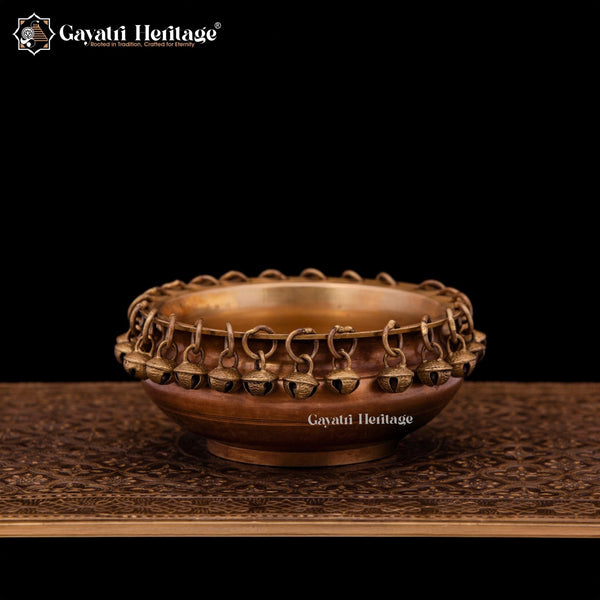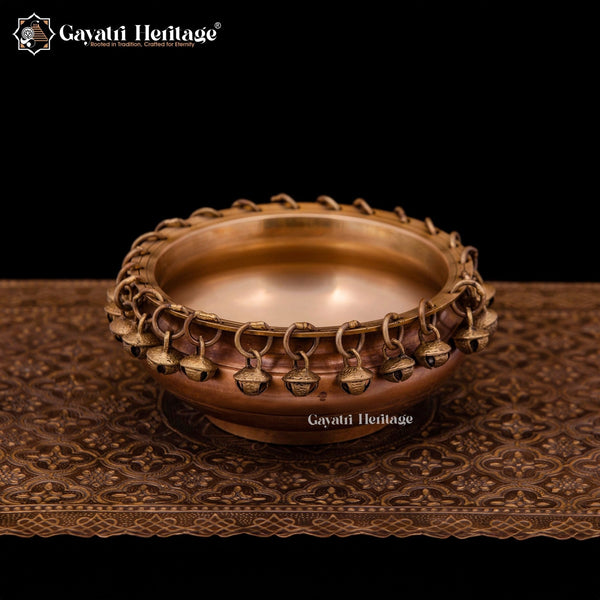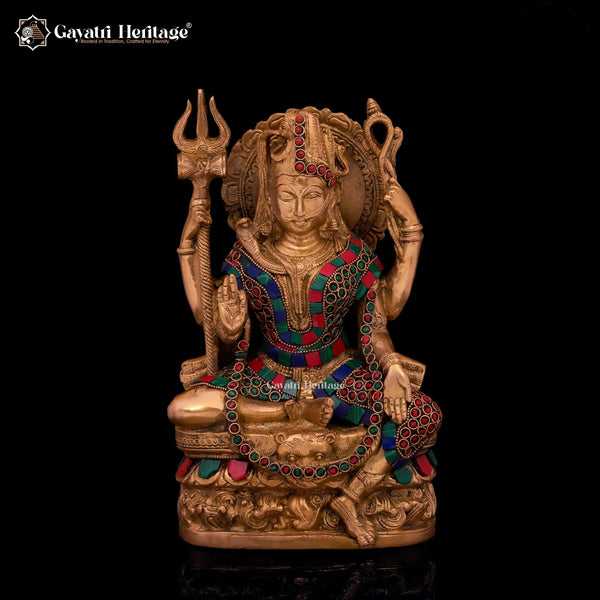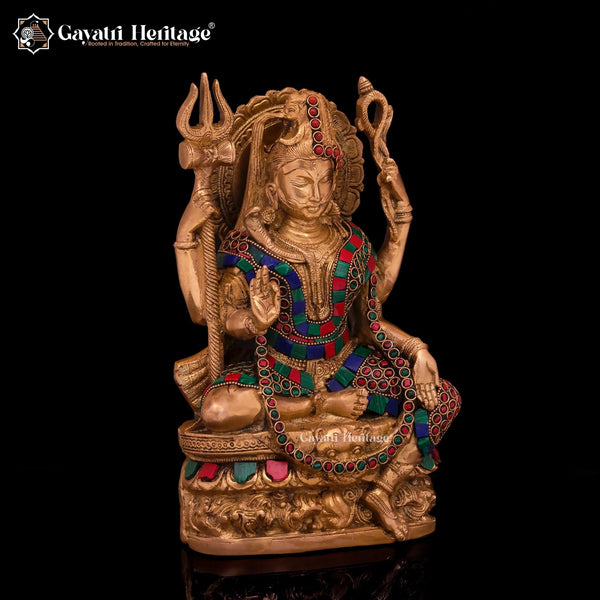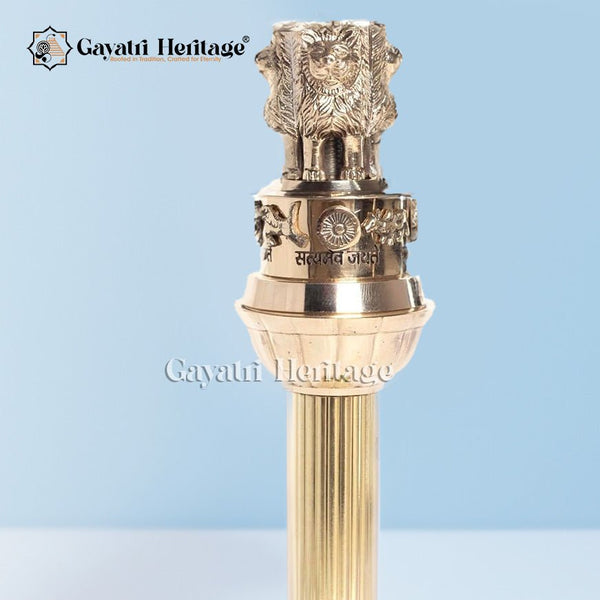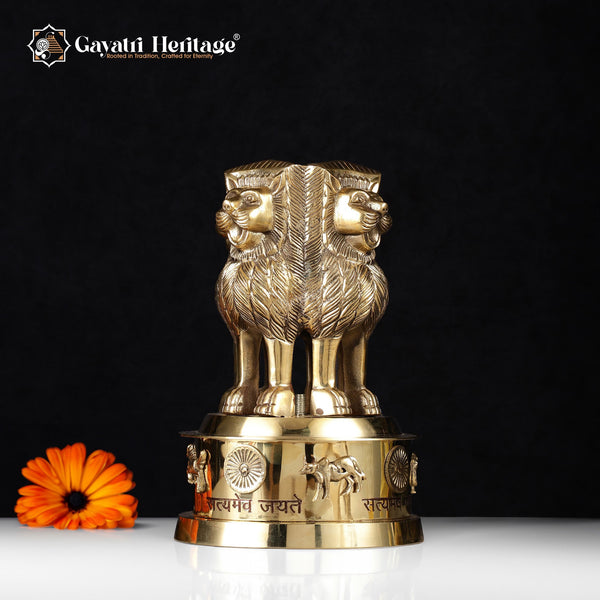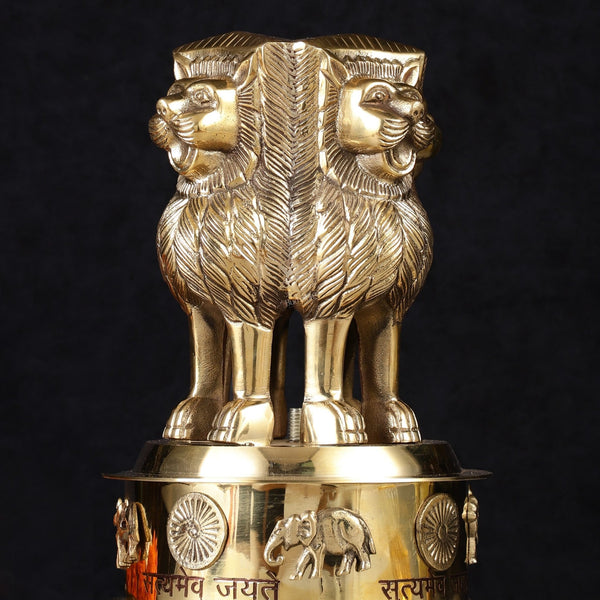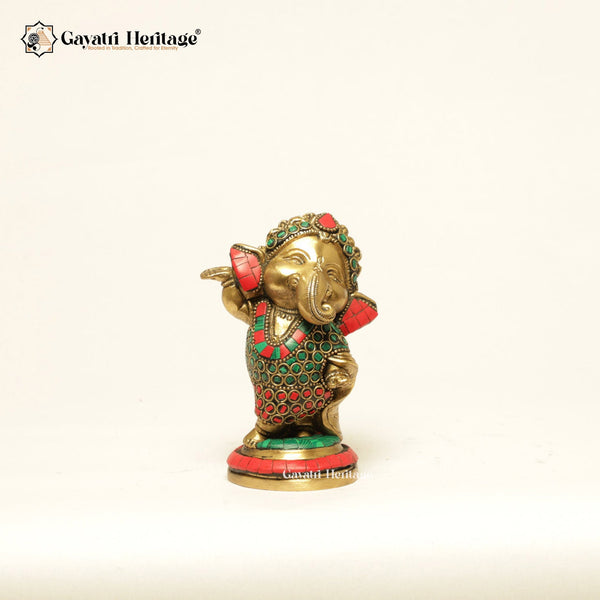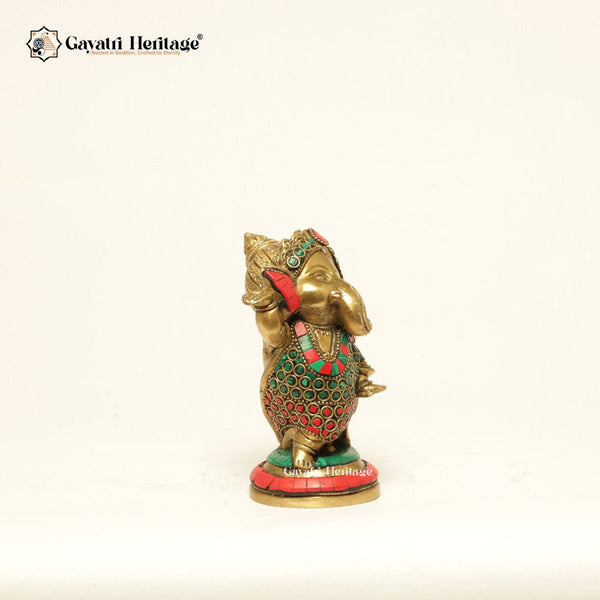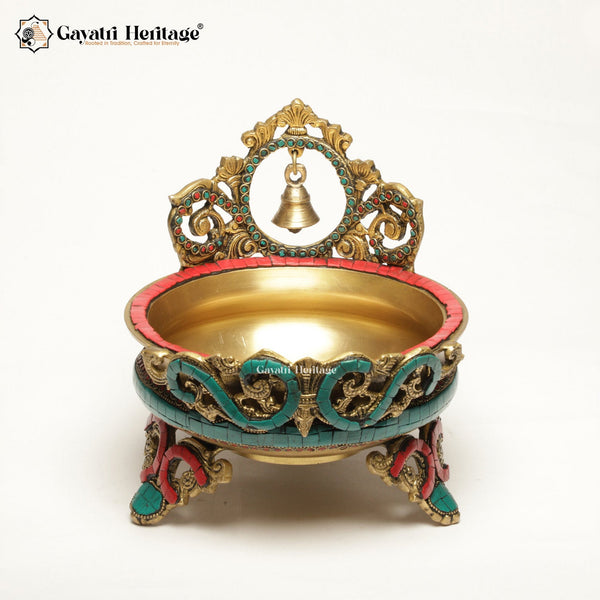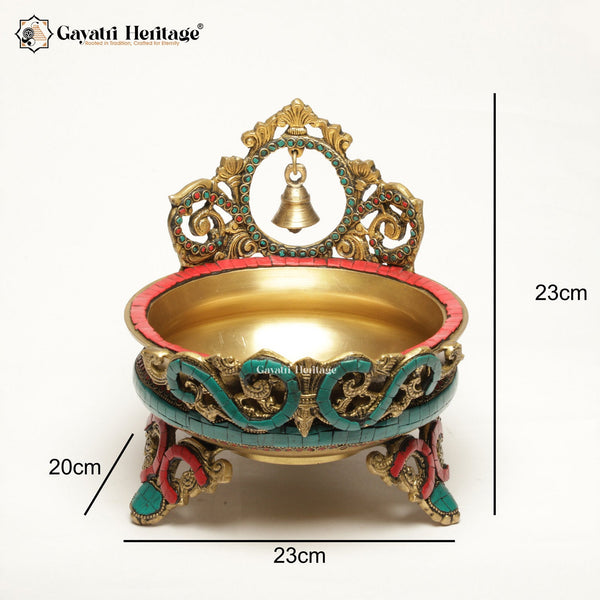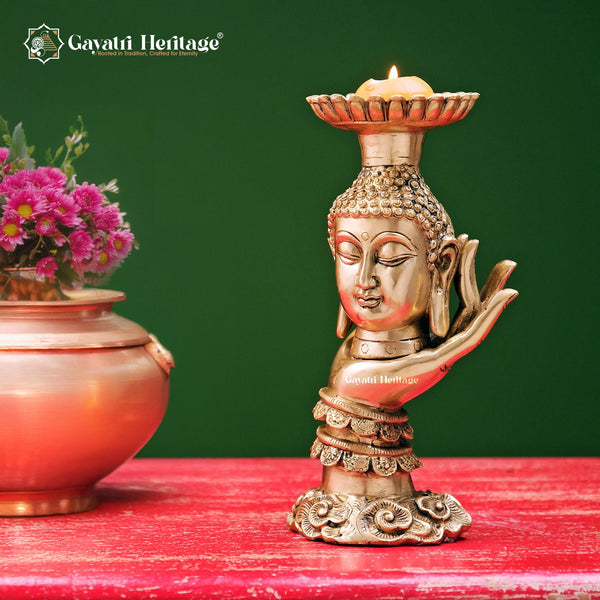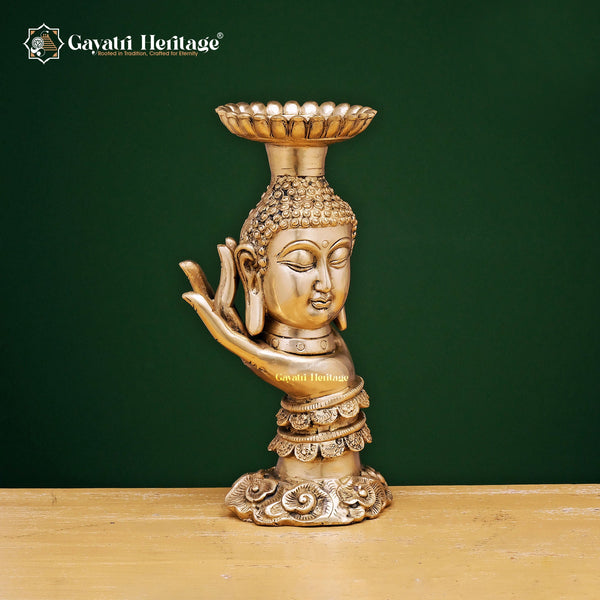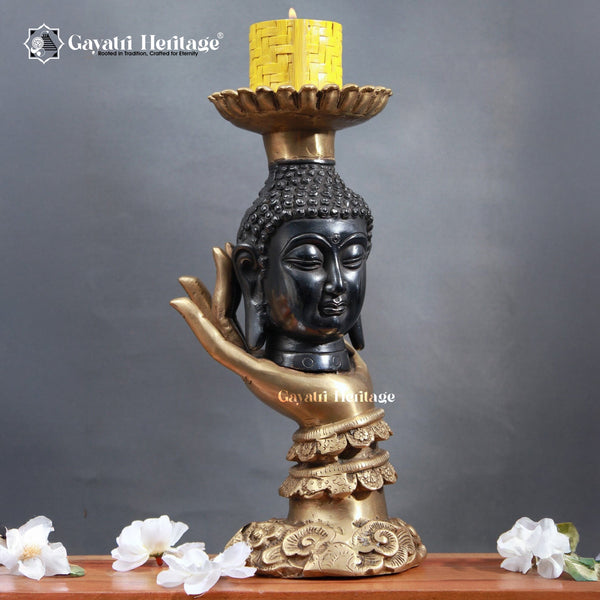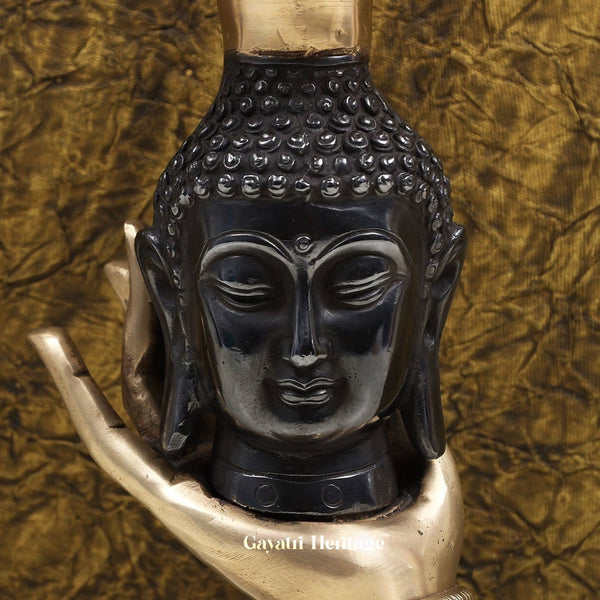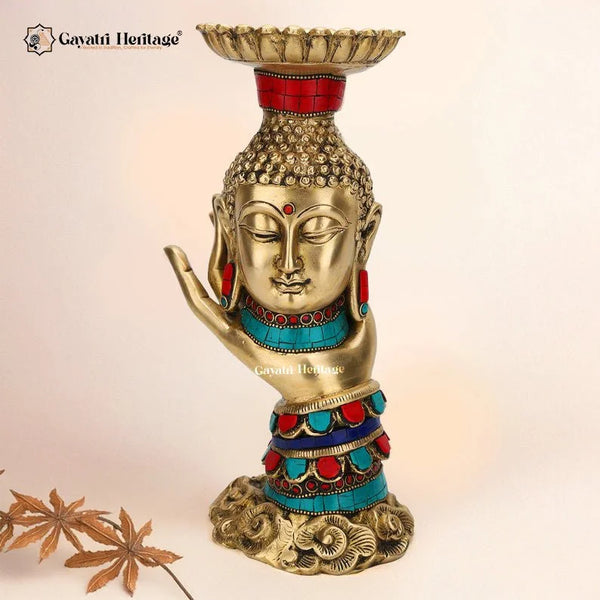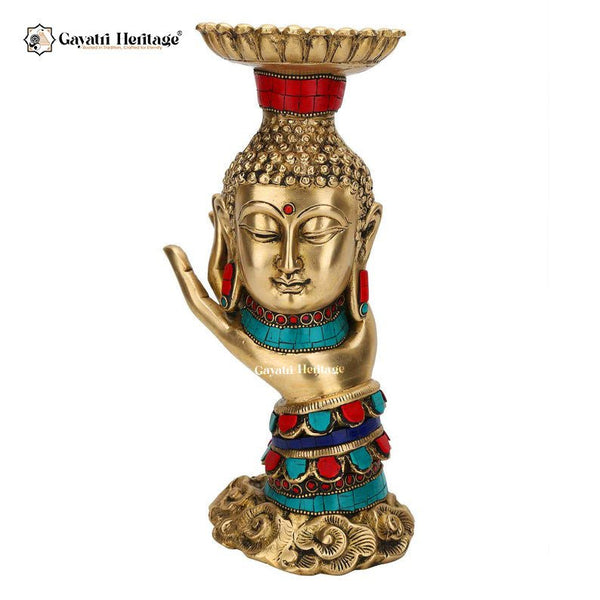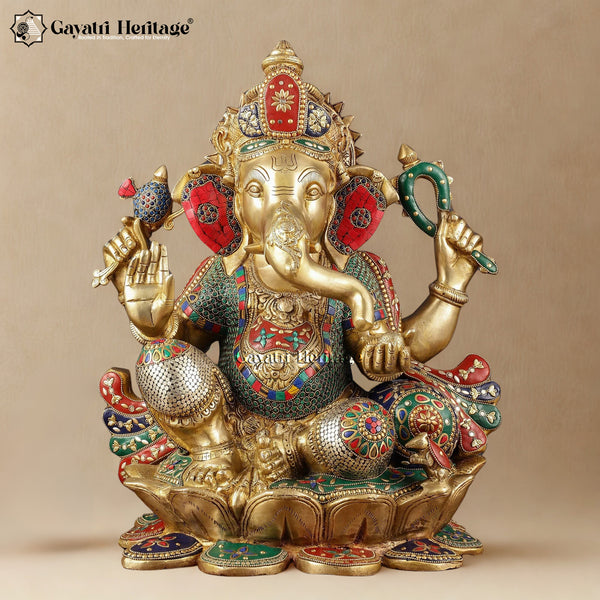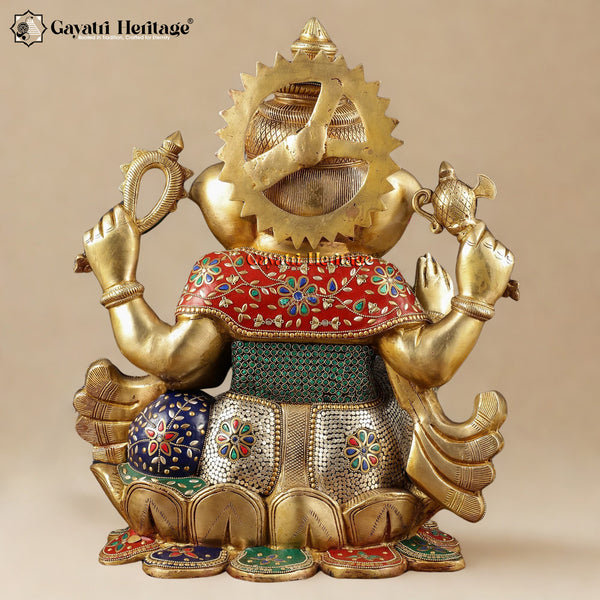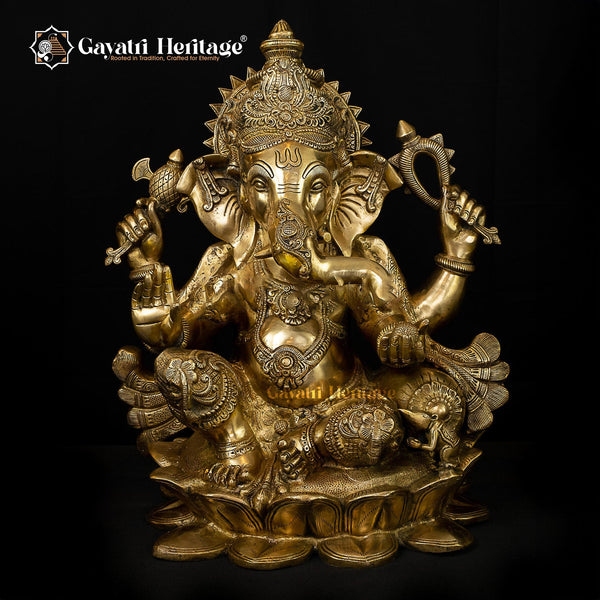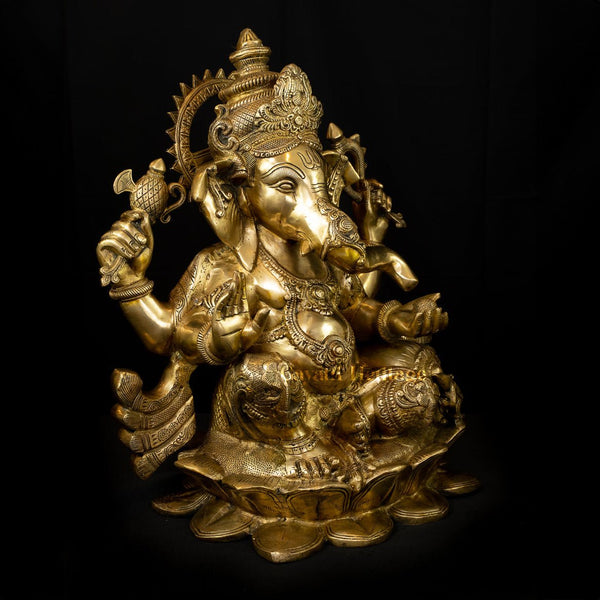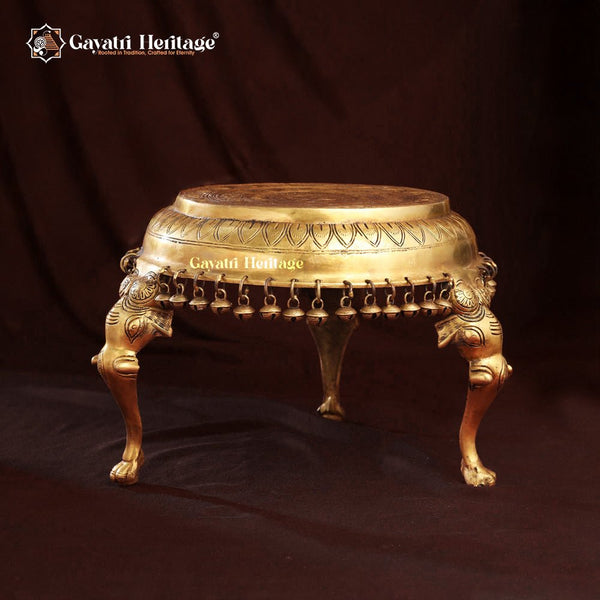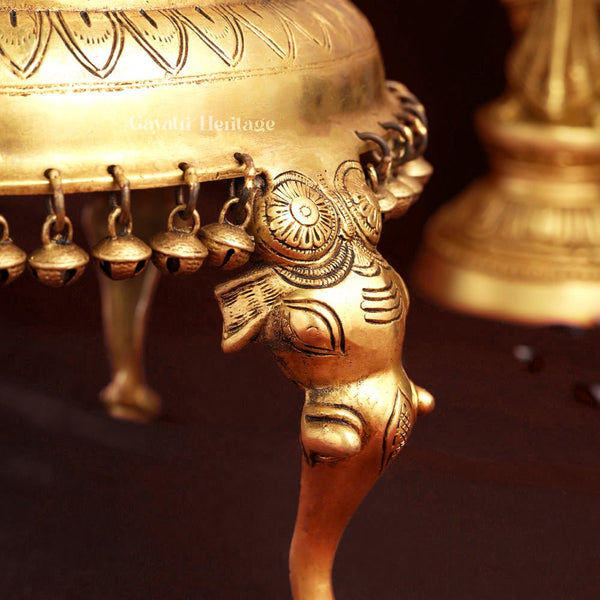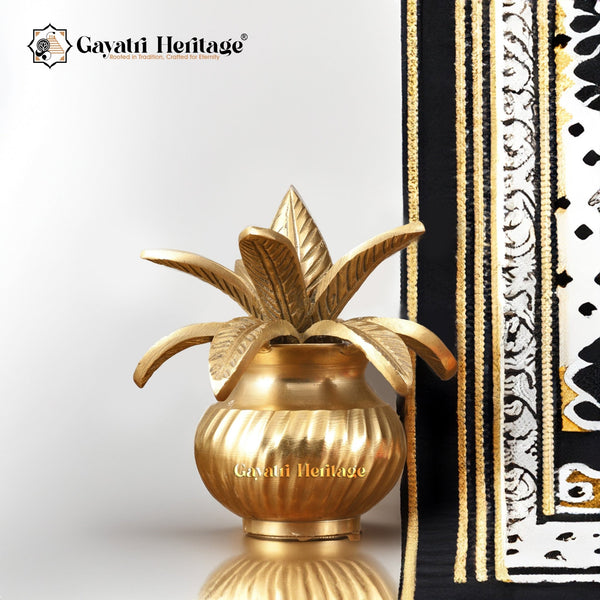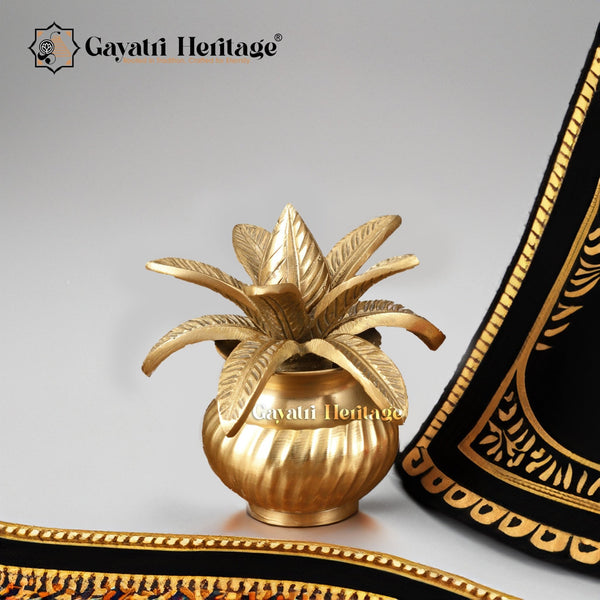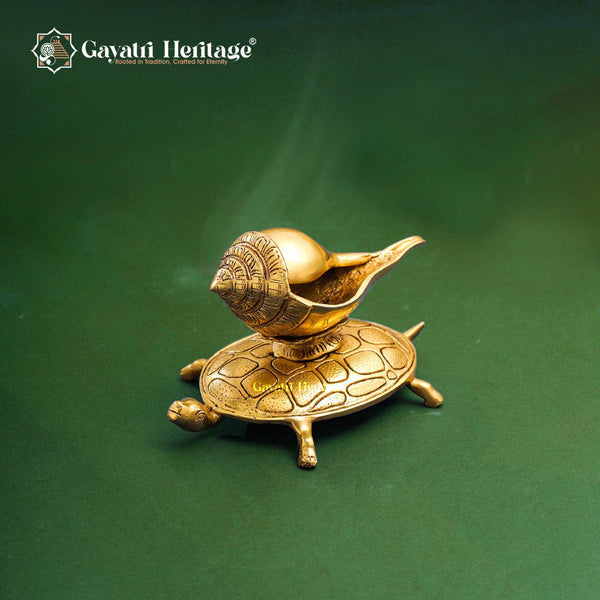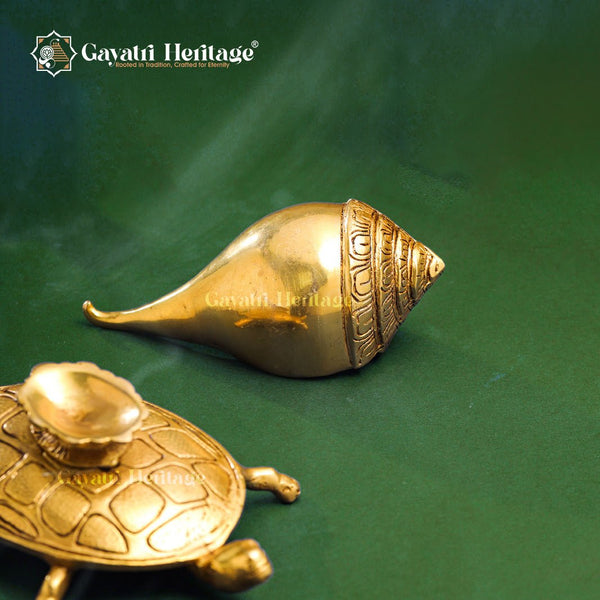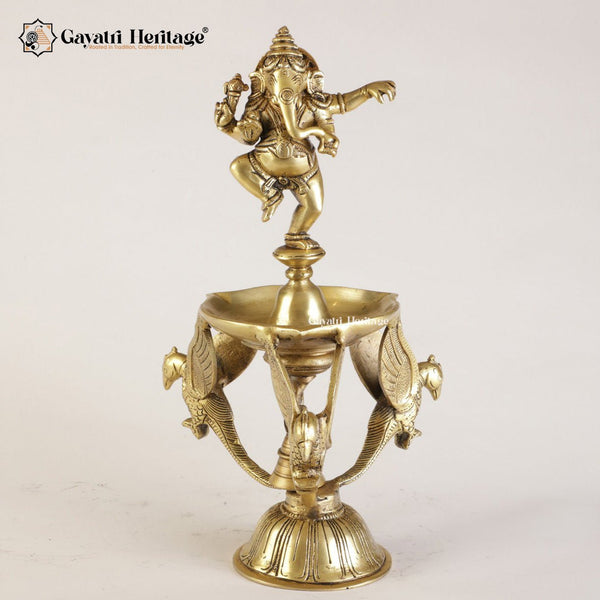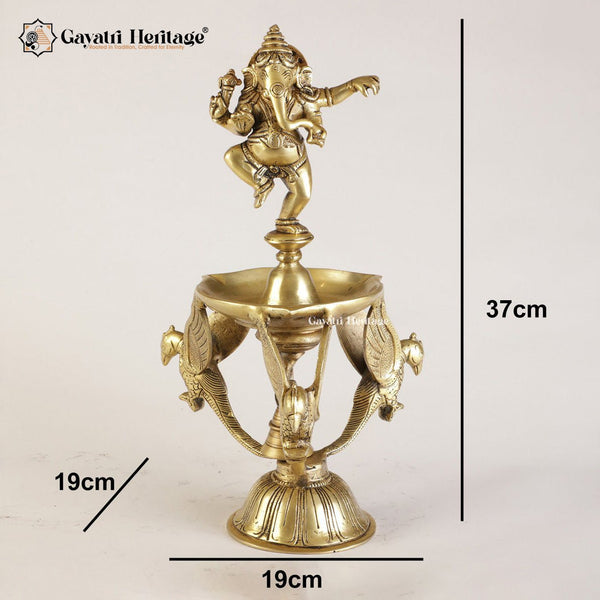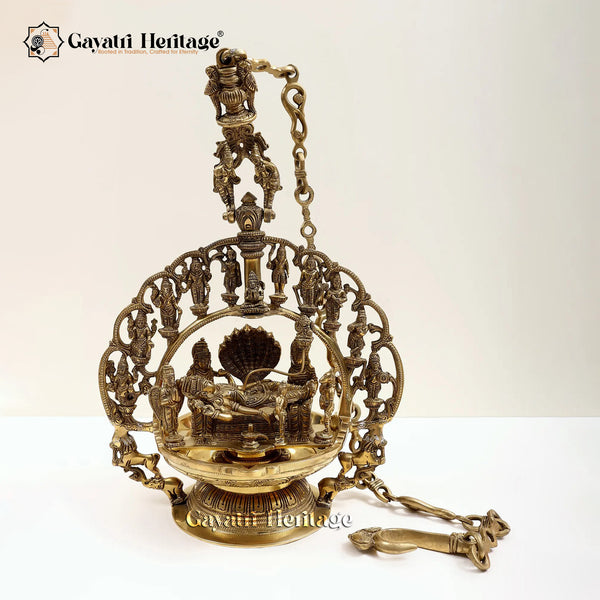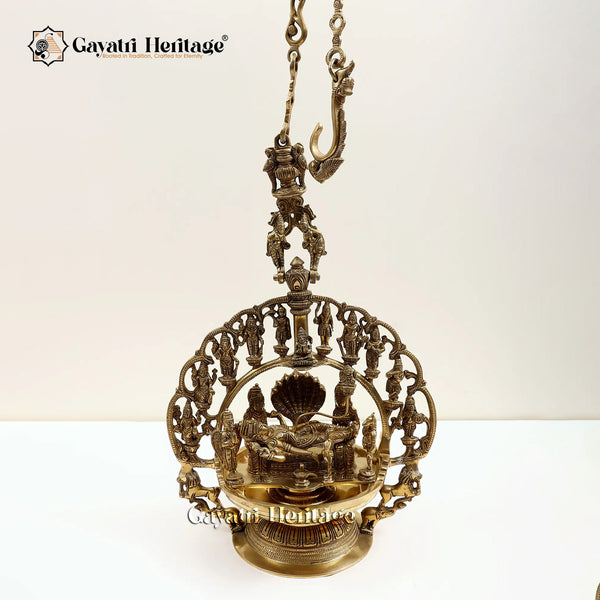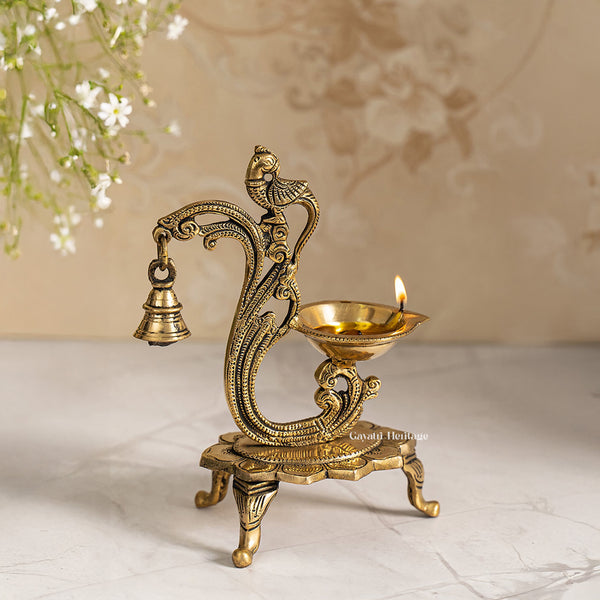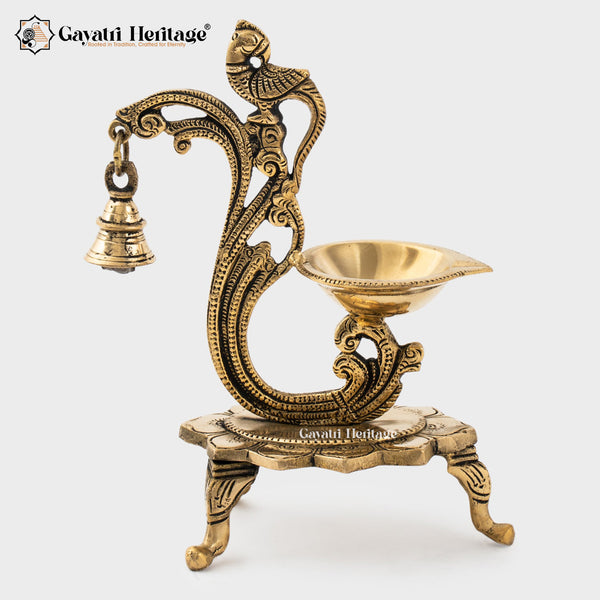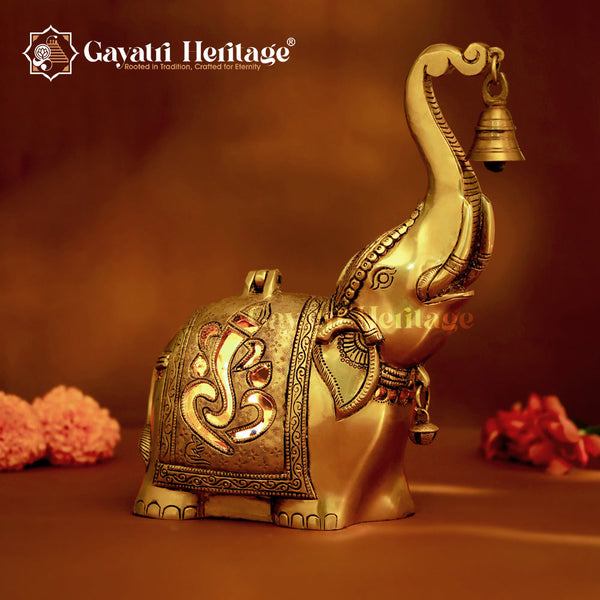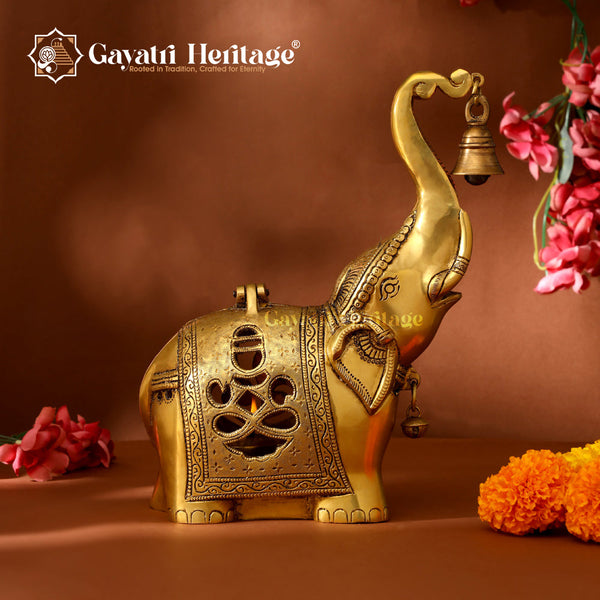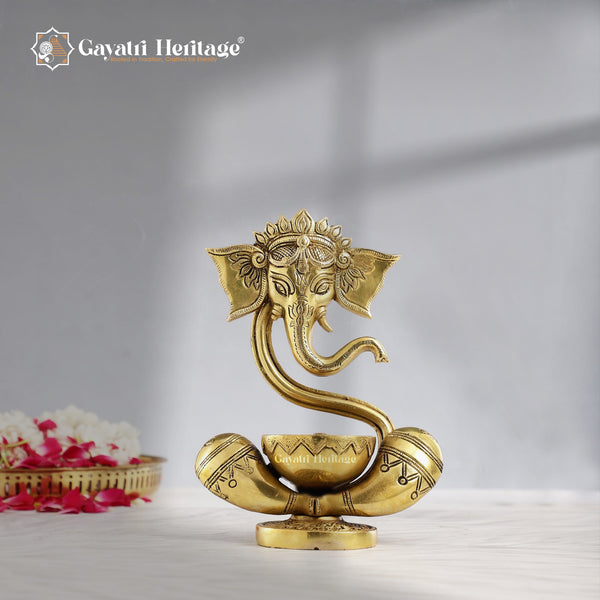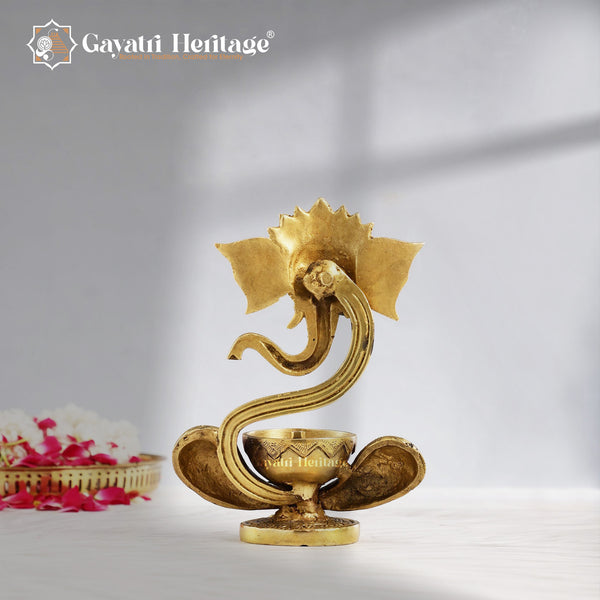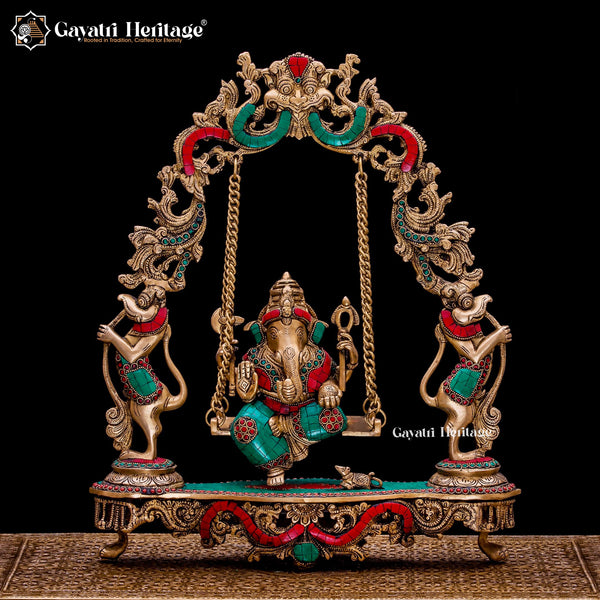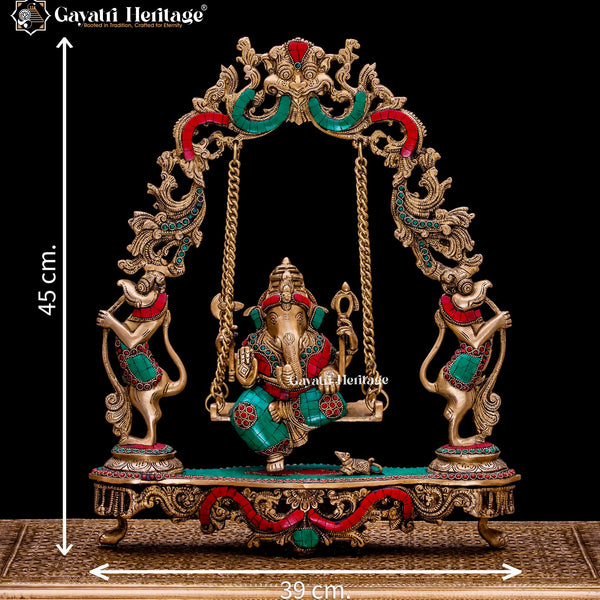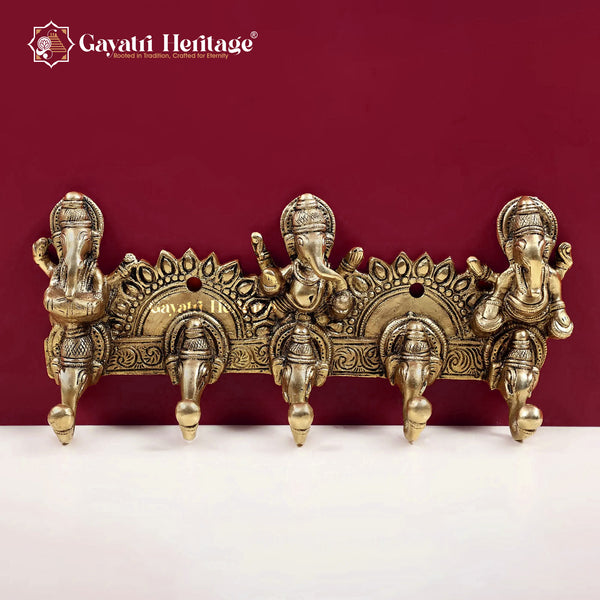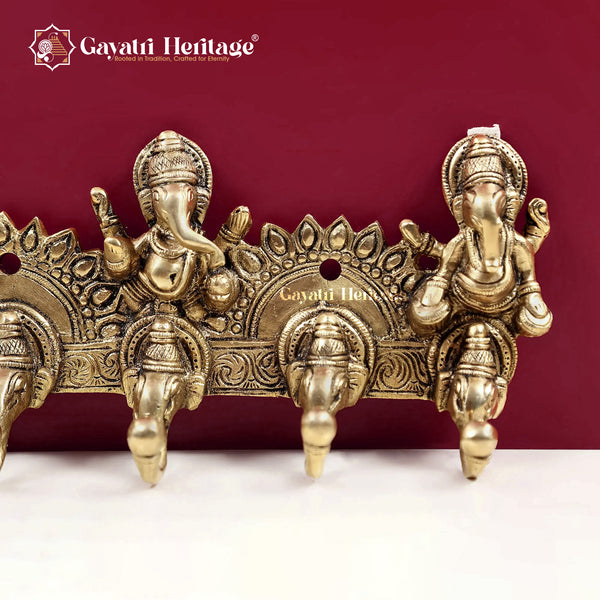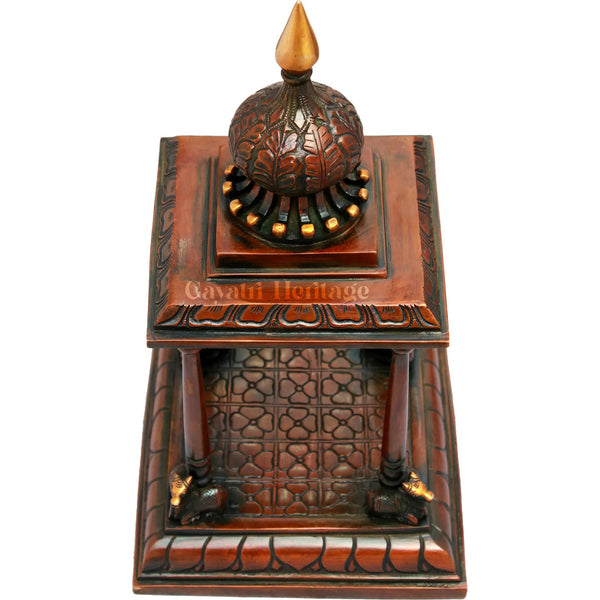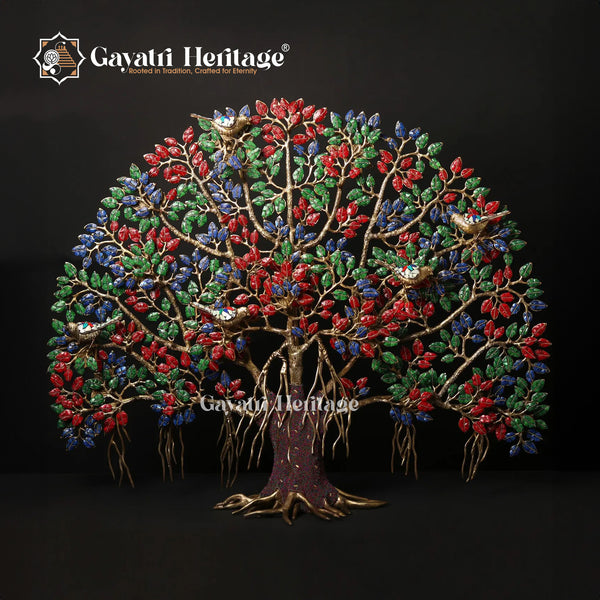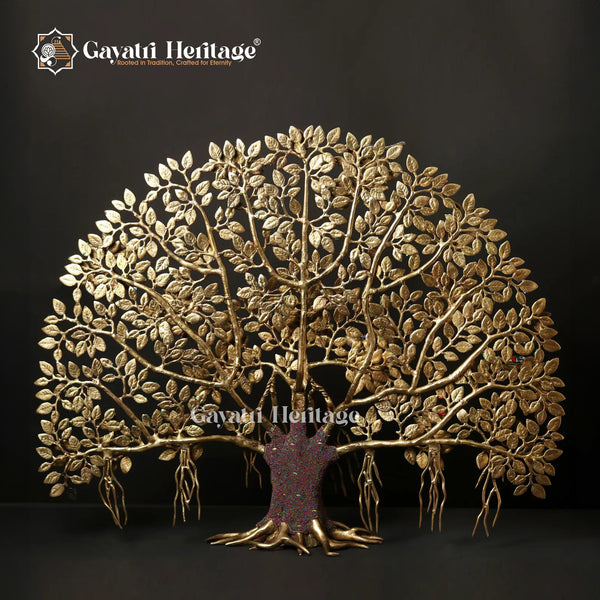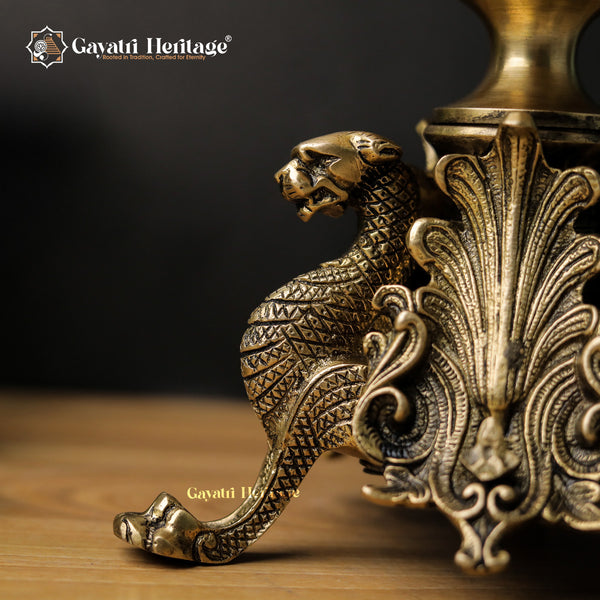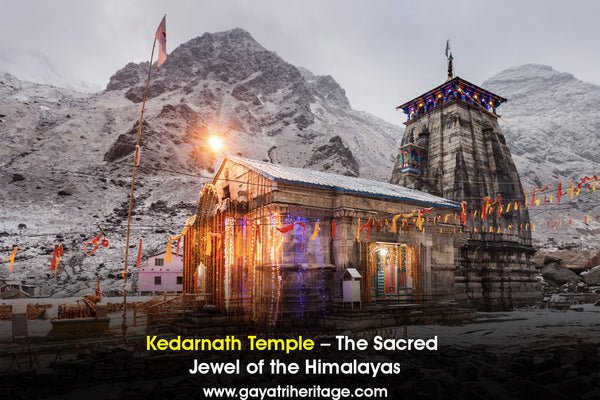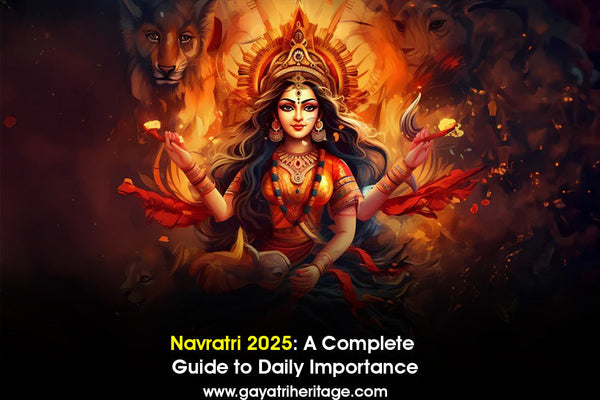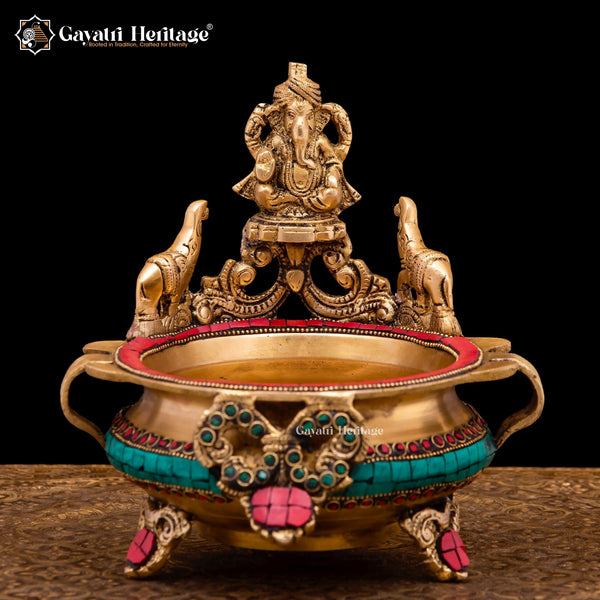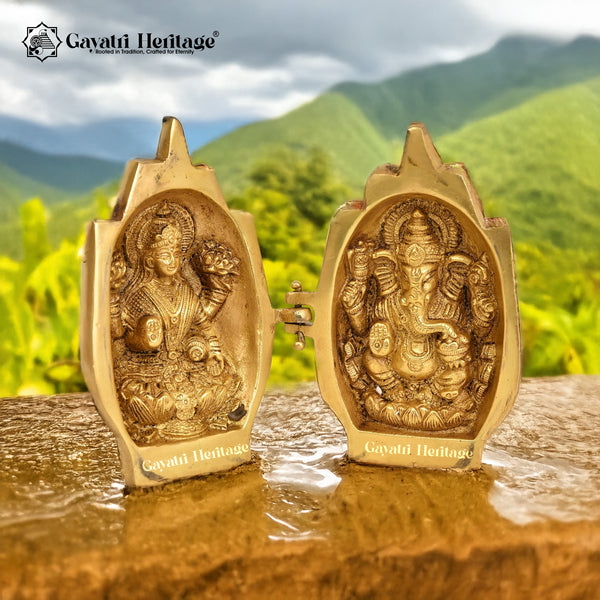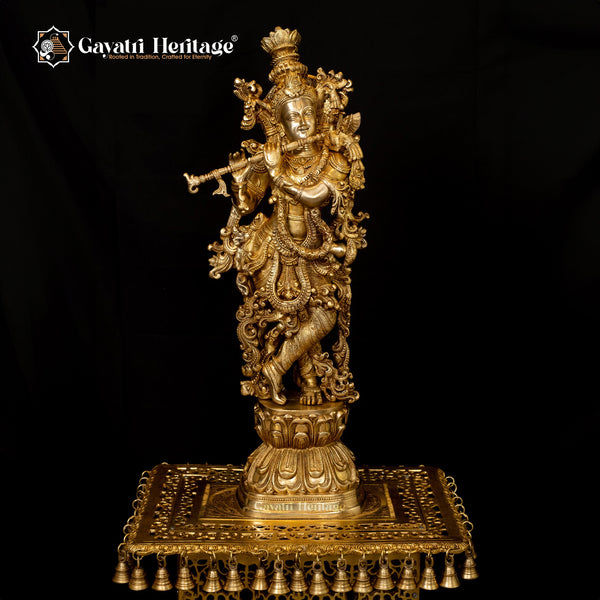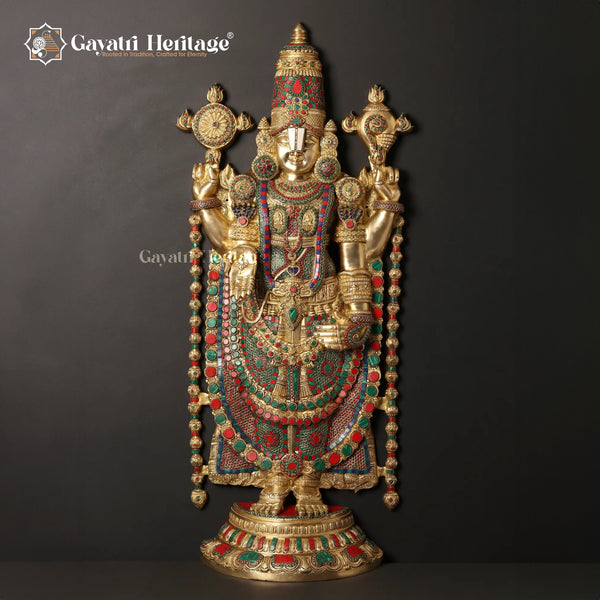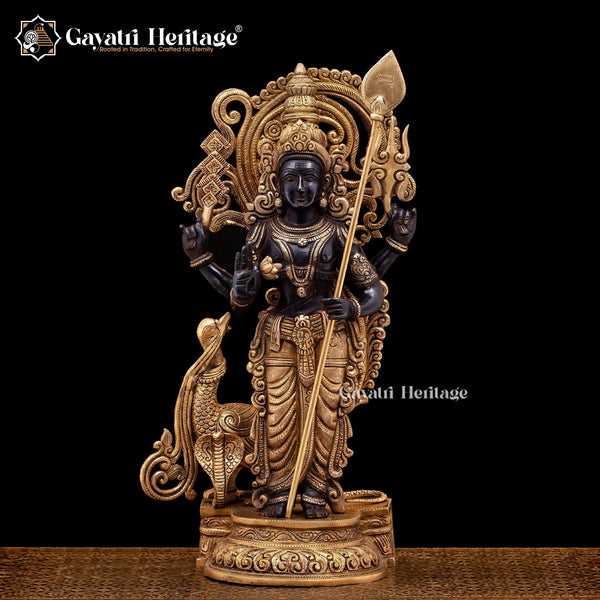Lord Hanuman, one of the most revered deities in Hinduism, is often associated with celibacy (“brahmacharya”). However, certain scriptures and traditions mention Suvarchala Devi as his consort. This article delves into this intriguing aspect of Hanuman’s life, drawing from Vedas, Puranas, and Sanskrit shlokas to present evidence and interpretations.
Hanuman’s Vow of Celibacy
Hanuman is widely celebrated as a naishtika brahmachari (नैष्ठिक ब्रह्मचारी), a lifelong celibate dedicated to service and devotion to Lord Rama. This vow of celibacy is often highlighted in the Ramayana and other texts:
वायुः पुंड्रक्षमम्यं भक्तिं मोक्षम्।
“Hanuman is the foremost among the celibates, endowed with immense power and devotion.” – Valmiki Ramayana
Yet, certain Puranic references hint at a marital connection with Suvarchala Devi, opening a nuanced interpretation of his celibacy.
Who is Suvarchala Devi?
Suvarchala Devi is described as the daughter of Surya (the Sun God) and the personification of the Sun’s rays. According to some texts, she was married to Hanuman under unique circumstances while he was learning the Vedas and divine scriptures from Lord Surya.
Key Puranic References
-
Parashara Samhita: The Parashara Samhita elaborates on Hanuman’s education under Surya. To complete his studies, Surya suggested that Hanuman marry Suvarchala, as a teacher’s fee (guru dakshina). This union, however, did not compromise Hanuman’s vow of celibacy, as it was a symbolic marriage.
सुर्यः पाठ्या हानुमत्य्रोम्। सुवर्चलामप्या पत्नीं चृत्व्ा प्रसन्नम्।
“To fulfill the duties as a student and honor his teacher, Hanuman accepted Suvarchala as his consort, maintaining his vow of celibacy.”
-
Skanda Purana: The Skanda Purana contains a similar account, describing the marriage as purely spiritual, intended to establish dharma.
धार्म्यमिवा चपल्नम् कुर्वन्ये। स्नेहम् हानुमन् चित्रमुत्रोम्।
“The marriage was a formality to honor the divine laws without altering the path of celibacy.”
Philosophical Interpretations
Scholars and saints often interpret this story metaphorically. Suvarchala is seen as the embodiment of spiritual energy (शक्ति) that supports Hanuman’s mission. Their union symbolizes the integration of knowledge (Surya’s wisdom) and action (Hanuman’s strength).
Sanskrit Shlokas from Relevant Texts
-
Valmiki Ramayana:
पितुर्यणाम्न मृदुं ज्ञानम्।
चपल्पर्य धर्म्यम्।
-
Parashara Samhita:
हानुम्य प्रभूतिम् शक्तिम्। स्नेहम् स्वर्चला पात्रीम्।
Conclusion
The story of Suvarchala Devi offers a profound insight into Hanuman’s multifaceted nature. While his celibacy remains intact, his union with Suvarchala underscores the harmony between devotion, knowledge, and duty. This episode encourages us to view divine narratives with a blend of faith and philosophical inquiry.
Explore Hanuman’s divine wisdom, embrace his teachings, and embark on a journey toward spiritual growth and enlightenment. Stay connected with Gayatri Heritage for more insights into timeless traditions, spiritual knowledge, and stories that transcend generations. Let us together honor the richness of our heritage and find inspiration in the tales of devotion and dharma.



